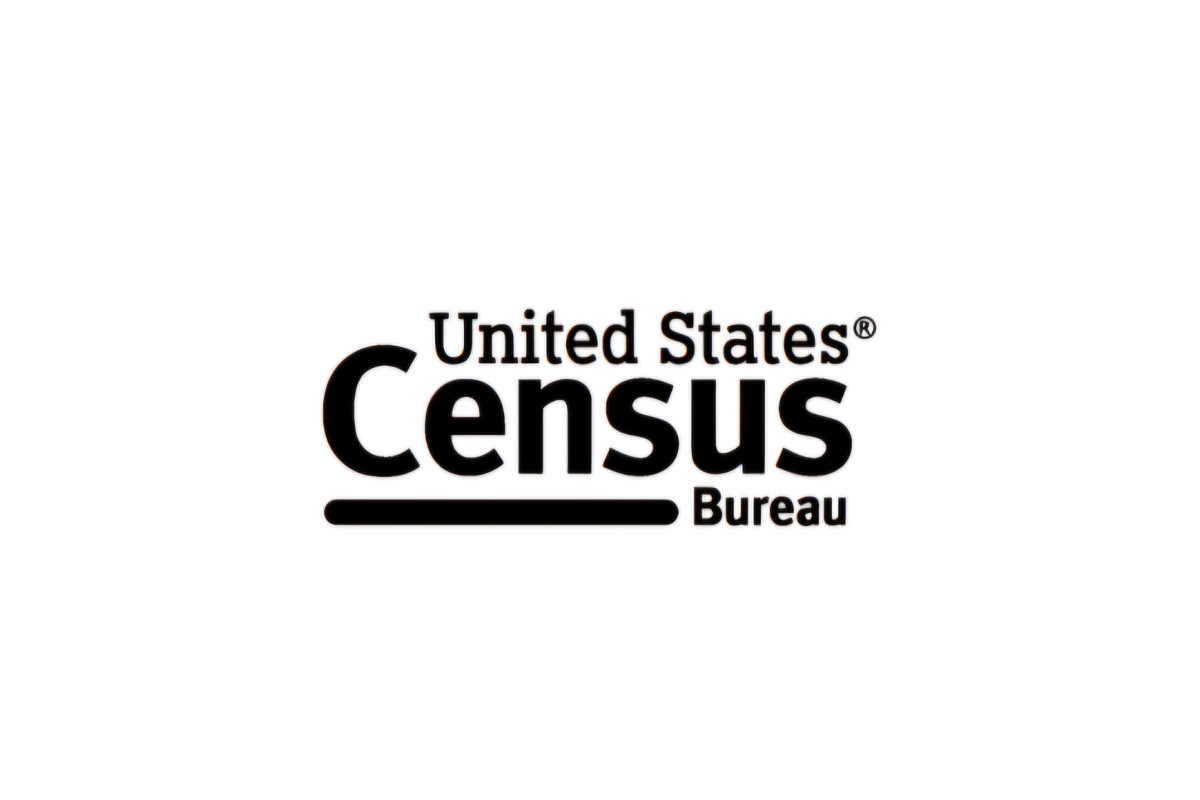Immigrants integral to U.S. economy and society, studies show
Research shows that immigrants positively impact local job markets, contrary to the belief that they threaten jobs.
 U.S. Census Bureau is a principal agency of the U.S. Federal Statistical System, responsible for producing data about the American people and economy. / Facebook/U.S. Census Bureau
U.S. Census Bureau is a principal agency of the U.S. Federal Statistical System, responsible for producing data about the American people and economy. / Facebook/U.S. Census Bureau
Experts and studies have now shown that immigrants are intergral to the United States economy and society. These studies have been released at the face of anti-immigrant rhetoric during the 2024 election season.
According to the U.S. Census Bureau, immigrants comprised 13.9 percent of the U.S. population in 2022. These individuals include highly skilled workers who fill critical roles in high-tech industries and laborers. They build infrastructure and cultivate food. Some seek greater opportunities, while others flee persecution and poverty.
"Immigrants are part of the fabric of a country's economy and society," said Giovanni Peri, director of the Global Migration Center and professor of economics at UC Davis. "We want to bring more information, clarity, facts, and discussion to shine the light that immigrants are human beings who bring assets with them to their new countries."
Research shows that immigrants positively impact local job markets. Contrary to the belief that they threaten jobs, a 2006 report by Peri for the American Immigration Council found that immigration from 1990 to 2004 increased wages by up to 3.4 percent for 90 percent of native-born workers with at least a high-school diploma, while reducing wages for those without a diploma by just 1.1 percent.
An April 2024 NBER paper by Peri and Alessandro Caiumi confirmed these findings, showing that immigrant workers either have no effect on U.S.-born workers' wages. Infact, they slightly improve them."Instead of a threat to native-born workers, immigrant workers bring with them skills and levels of education that are complementary," said Peri.
A landmark report by Indiaspora and BCG earlier this year also revealed that despite their relatively small population, the Indian American community makes a substantial economic impact in the U.S.. They contribute over 5 percent of the nation's taxes. In 2023, Indian Americans held 4.4 percent of senior public service positions, a significant increase from 1.7 percent in 2013.
They represent 10 percent of all physicians in the country and provide care to nearly 30 percent of U.S. patients. Additionally, about 22,000 Indian Americans are faculty members at U.S. higher education institutions and they hold leadership roles in 70 percent of the top 50 colleges.
Indian Americans also demonstrate strong entrepreneurial success and have founded 11 percent of nearly 650 unicorns—startups valued at over $1 billion.
Research also debunked the myth that immigrants drive higher crime rates. A study co-authored by Santiago Pérez, an associate professor of economics and Global Migration Center affiliate, found that immigrants have consistently had lower incarceration rates than U.S.-born individuals since 1870. The gap has grown significantly since the 1960s, with recent years showing a 30 percent lower incarceration rate for immigrants compared to the U.S.-born.
"People often see past migration waves in a more positive light," Pérez said. "They think about Europeans who came in the late 19th century and early 20th century, and they tend to contrast this with new migrants, but what we find in the paper is actually the opposite.”

 Pranavi Sharma
Pranavi Sharma


.jpg)
.png)
.png)








Comments
Start the conversation
Become a member of New India Abroad to start commenting.
Sign Up Now
Already have an account? Login